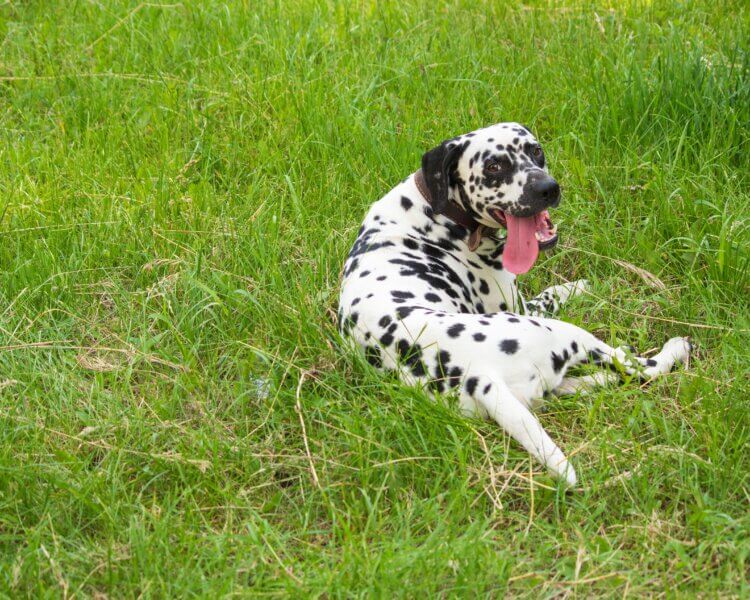
Dealing with Dog Spots on Your Lawn: Prevention and Repair Tips for Urine Damage
If you have a dog, you may notice darker green or brown patches forming in various lawn areas. While dark green may not seem so bad, it is often a precursor to the grass dying off and turning brown. This is due to the high concentration of nitrogen and salt in your dog’s urine.
Over time, that nitrogen and salt can build up in your soil, eventually killing the grass. In smaller doses, nitrogen is often used in grass fertilizer, which is why the patches your pooch favors can sometimes look better before abruptly taking a turn for the worse.
Here’s what you need to know about preventing dog urine spots in your lawn and what to do if your grass is already significantly damaged.
Preventing Dog Urine Damage on Your Home Lawn
Restoring a damaged lawn can be challenging and costly, so it is better to prevent damage from happening in the first place. While you can’t stop your dog from peeing, you can take precautions to protect your lawn.
Train Your Dog to Urinate in a Specified Location
While not necessarily the easiest method, this is certainly the surest way to avoid dog spots in your grass. If you have other areas of your landscaping where your dog could relieve themselves, such as those covered with mulch or gravel, these would make good targets.
The first time you attempt to train your dog to utilize your preferred spot, taking them out in your yard on a leash is a good idea. This way, you can guide them to the target. Be sure to offer plenty of praise when they go in the right spot. After a few days of this, your dog will likely head straight to your chosen location without needing the leash.
Rinse the Grass to Dilute Urine
After your pooch does its business, rinse the affected area with water from your hose. There is no need to add any chemical solution or cleaning product, as this could harm your lawn further. A quick soak with fresh water is all you need to carry away the bulk of the nitrogen and salt left behind in your soil.
Give Your Lawn Extra Fertilizer
As mentioned above, nitrogen is a common ingredient in lawn fertilizer, and it can give your lawn a deeper green hue. The darker the green, the more difficult it will be to pinpoint any areas with burgeoning dog spots. The fertilizer will strengthen your lawn as well, making the grass less susceptible to dog spots in the first place.
Ensure Your Dog Is Well-Hydrated
The higher the concentration of nitrogen and salt in your dog’s urine, the greater the likelihood that spots will begin to form in your lawn. You can minimize the effect by making sure your dog has ready access to plenty of water throughout the day. Although they will likely urinate more frequently, their urine will be somewhat watered down, which lowers the nitrogen and salt concentration.
Restore a Damaged Home Lawn after Dog Urine Spots
Adjusting your and your dog’s lifestyle slightly can help your lawn bounce back from dog spots if you catch them in time. If, on the other hand, the damage has already been done, you’ll need to repair the damaged areas. This could mean regrowing your lawn from seed. However, this method can be time-consuming and only sometimes successful.
A wiser choice is to replace the damaged portions with fresh sod. Because the grass has already started growing, you’ll be able to restore the appearance of your lawn right away. All you’ll need to do to get ready for your sod installation is to remove any remaining dead grass to clear the area. Then you’re good to go.
Here at Duda Sod, our sod farms in Florida grow a wide range of sod types that are well-suited to our local climate. Our team of experts will gladly answer all of your questions to ensure you get the best sod for sale to meet your needs. Reach out to us today to learn more about the various types of sod and book your installation.